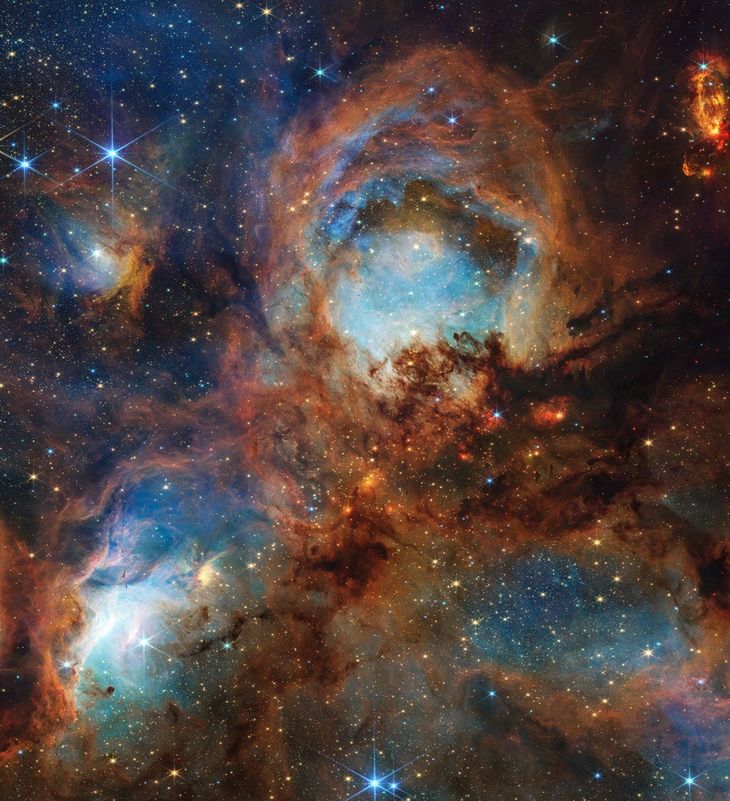The James Webb space telescope celebrated its third anniversary with unpublished images of cat’s nebula. I discovered how massive stars revealed in training that previously remained hidden.
He James Webb Space Telescopeconsidered the most powerful observatory in the world, celebrates its third anniversary with a dazzling finding: infrared images that cross the dense cloud of dust of the dust of the Cat leg nebula (NGC 6334), one of the most active star training regions of our galaxy.
The content you want to access is exclusive to subscribers.
Thanks to its nearby infrared chamber (NIRCAM), Webb managed to accurately focus one of the “pads” of this nebula located at 4,000 light years in the constellation of Scorpio. What found astronomers fascinates there: mini star formation coressculpted by young mass stars that mold gas and surrounding dust.


Never seen details: What Webb makes possible
To understand the magnitude of this advance, it is enough to remember that previous missions such as Hubble or the telescope retreat Spitzer They had already photographed the cat leg, but without reaching the current level of detail.
“Three years after starting operations, Webb continues to fulfill its mission: reveal aspects of the universe that were previously hidden,” he said Shawn Domagal-Goldmaninterim director of the Astrophysics Division of the POT.
This observation is key to studying how a molecular cloud transforms into massive stars, a complex process that many mysteries to solve still remain.
Nebula Pata Cat.jpg

Webb’s legacy and new questions
Each image of the Webb opens a door to new questions. According to Domagal-Goldman, he discovered it with the cat’s leg impulsa future missions such as the Nancy Grace Roman space telescopewhich will explore dark matter, and the Habitable World Observatorydesigned to look for signs of life on planets similar to Earth.
In this new look, the Young and explosive starsas bright as ephemeral, they show how they alter the cloud that saw them born. Its intense radiation and stellar winds dissipate gas and dust, Stoping stellar formation in the area over time.
A look at our place in the cosmos
The nebula cat leg thus becomes a natural laboratory to understand the life cycle of the stars and, ultimately, the origin of systems like ours.
He James Webbdeveloped by the POT next to the European Space Agency (ESA) and the Canadian Space Agency (CSA)will continue to expand our vision of the universe, from worlds close to remote galaxies.
Source: Ambito
I am an author and journalist who has worked in the entertainment industry for over a decade. I currently work as a news editor at a major news website, and my focus is on covering the latest trends in entertainment. I also write occasional pieces for other outlets, and have authored two books about the entertainment industry.




